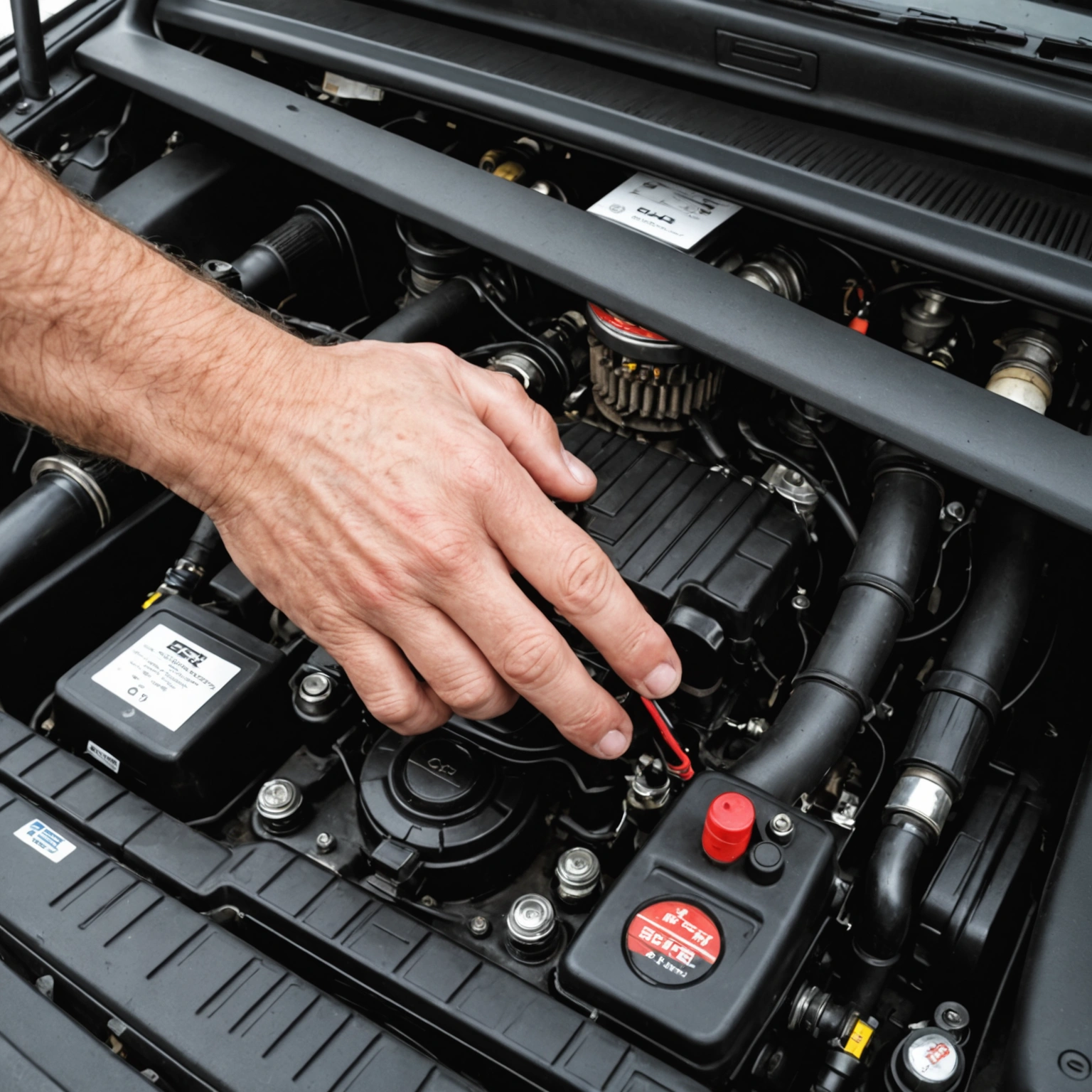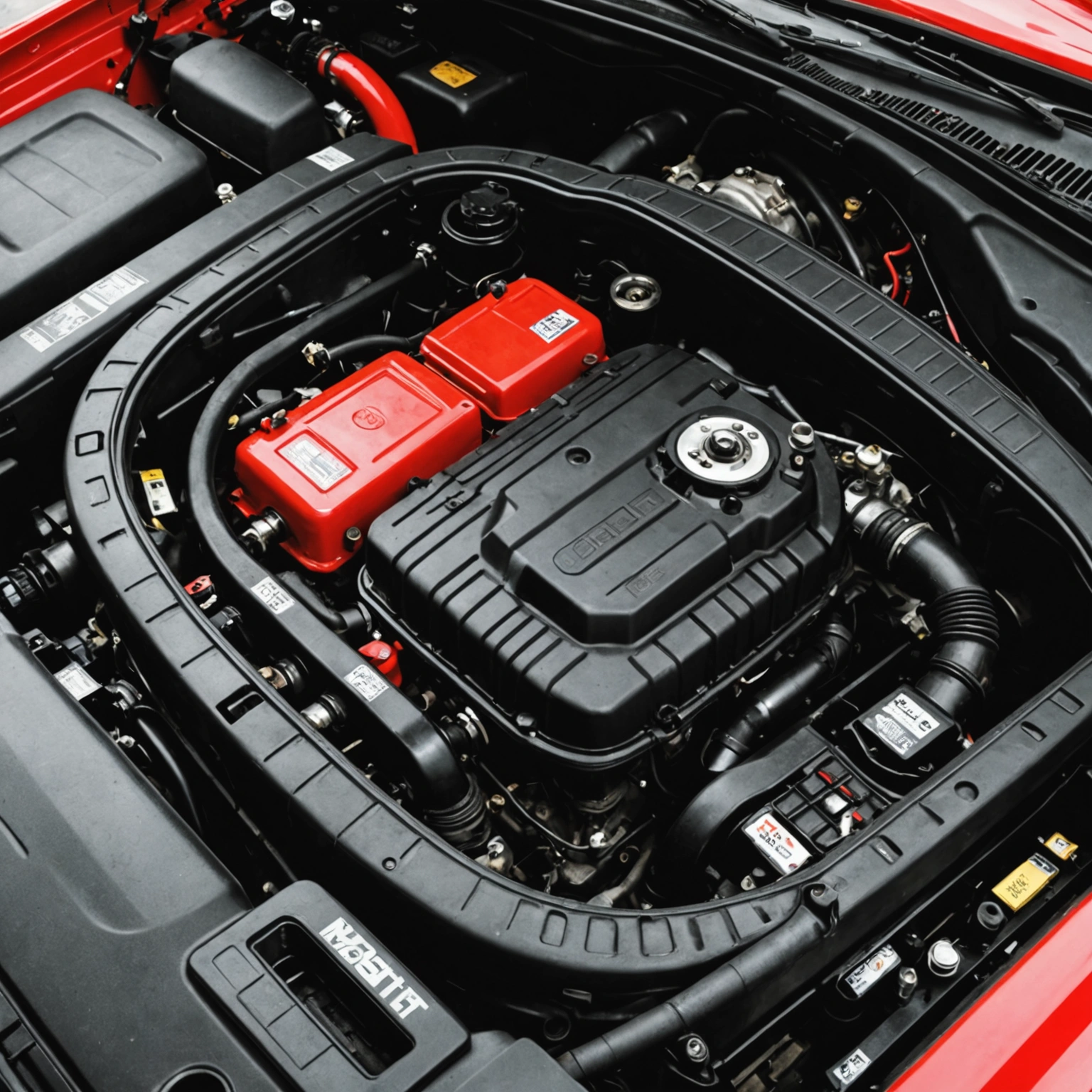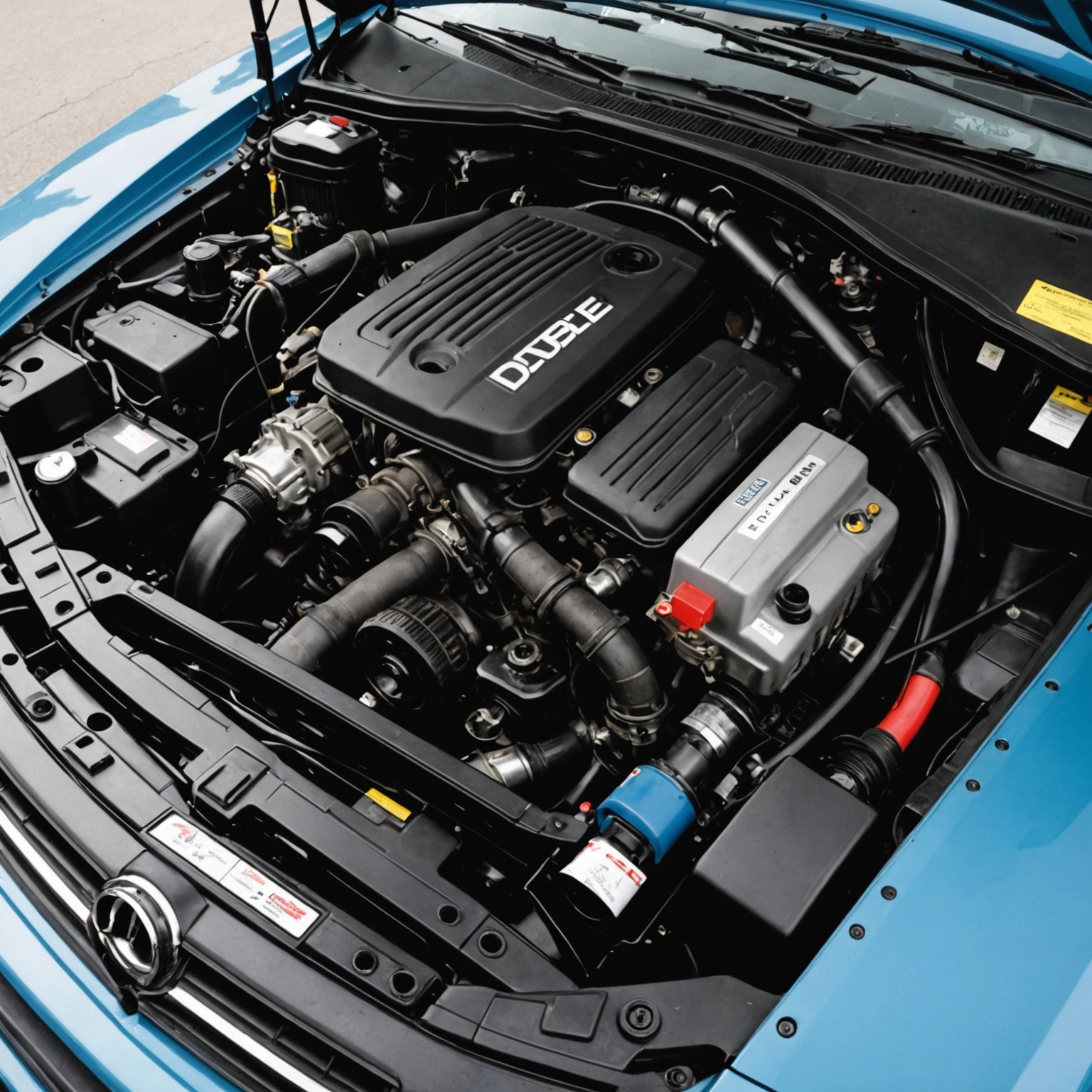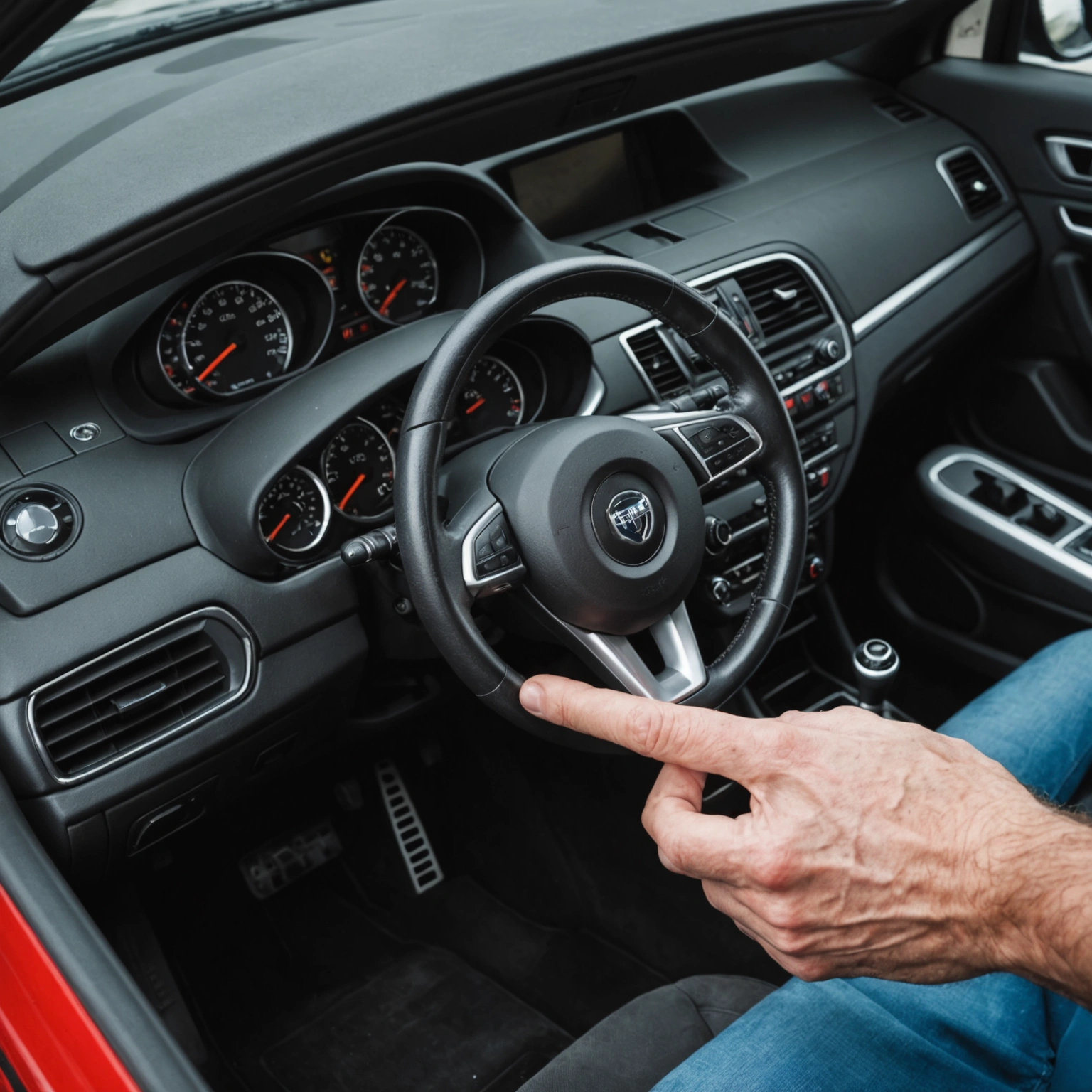**Why Does My Car Idle Low and Shut Off? Understanding the Causes and Solutions**
If you’ve noticed that your car idles unusually low and then stalls, you’re not alone. This common issue can be frustrating and potentially dangerous if not addressed promptly. Understanding the underlying causes can help you diagnose the problem and determine whether it’s a simple fix or requires professional attention.

### Common Causes of Low Idle and Stalling
1. **Dirty or Faulty Idle Air Control Valve (IAC Valve)**

– The IAC valve regulates the amount of air entering the engine at idle. If it becomes dirty or malfunctions, the engine may struggle to maintain a proper idle speed, leading to stalling.
2. **Vacuum Leaks**

– A vacuum leak occurs when unmetered air enters the engine, disrupting the air-fuel mixture. This imbalance can cause rough idling and engine shutdowns.
3. **Faulty Throttle Body or Throttle Position Sensor (TPS)**

– The throttle body controls airflow into the engine. Dirt buildup or a failing TPS can send incorrect signals to the engine control unit (ECU), resulting in low idle speeds and stalling.
4. **Dirty or Clogged Fuel Injectors**
– Fuel injectors deliver fuel into the engine. If they become clogged or dirty, the engine may not receive enough fuel at idle, leading to stalling and rough running.
5. **Bad Mass Air Flow Sensor (MAF)**
– The MAF sensor measures incoming air and helps determine the appropriate fuel mixture. A faulty MAF sensor can cause poor idle performance and stalling.
6. **Worn or Failing Spark Plugs and Ignition Components**
– Worn spark plugs or ignition coils can cause misfires, especially at idle, resulting in engine roughness or shutdowns.
7. **Battery or Alternator Issues**
– Insufficient electrical power can affect engine sensors and control modules, leading to idle problems.
8. **EGR Valve Malfunction**
– The Exhaust Gas Recirculation (EGR) valve recirculates exhaust gases to reduce emissions. If stuck open or clogged, it can cause rough idling and stalling.
### Diagnosing the Problem
– **Check for Warning Lights:** Modern vehicles display check engine lights when sensors detect issues. Use an OBD-II scanner to retrieve trouble codes.
– **Inspect for Vacuum Leaks:** Listen for hissing sounds or visually inspect vacuum hoses for cracks or disconnections.
– **Clean or Replace Components:** Consider cleaning the IAC valve, throttle body, and fuel injectors.
– **Examine Sensors:** Test the MAF sensor and TPS for proper operation.
– **Inspect Spark Plugs and Ignition System:** Replace worn spark plugs and check ignition coils.
### When to Seek Professional Help
If you’ve tried basic troubleshooting and your car still stalls or idles low, it’s advisable to consult a professional mechanic. They can perform comprehensive diagnostics to identify less obvious issues, such as ECU problems or internal engine faults.
### Preventive Tips
– Regularly maintain your vehicle with scheduled tune-ups.
– Use quality fuel and keep fuel system clean.
– Replace air filters and spark plugs as recommended.
– Address warning lights promptly.
—
**In Summary:**
Your car’s low idling and stalling can stem from various issues, including sensor failures, vacuum leaks, or dirty components. Proper diagnosis and maintenance are key to restoring smooth idle performance. If you’re unsure or uncomfortable performing these checks yourself, don’t hesitate to seek professional assistance to ensure your vehicle runs reliably and safely.

